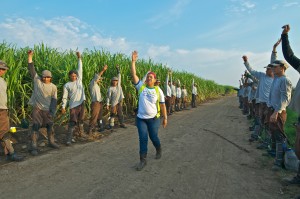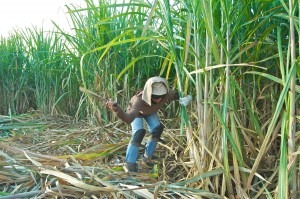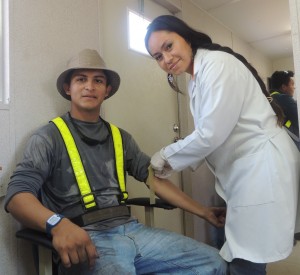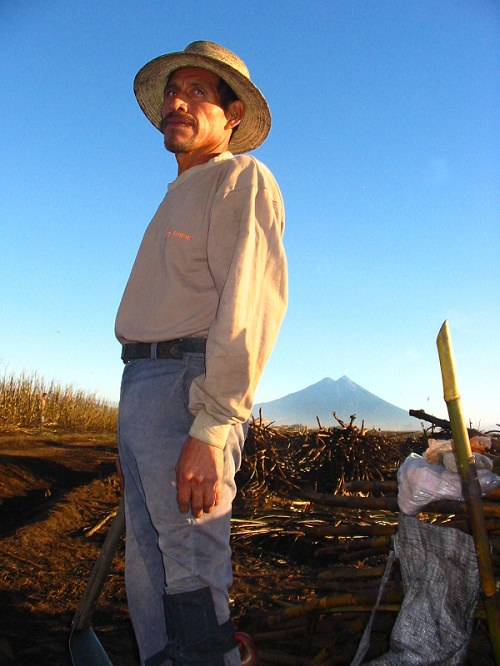Our focus is on the total health of our workers, addressing both industrial safety and well-being at work. We achieve this through a combination of programs that promote health and access to services. Faced with evidence of changes in environmental temperature, we seek to adapt so that employees are protected from the health and safety related challenges relating to occupational and non-occupational factors.
While there are several elements of occupational health that our employees face, we chose to address the emerging issue of chronic kidney disease that has been identified in Central America and parts of Asia. This condition affects young male workers, who are exposed to work with high energy expenditure and hot climates. The prevailing hypothesis is that the change in renal function occurs as a consequence of thermal stress and dehydration There may be other contributing factors, but there has been little scientific research on the subject.



For more than five years, Pantaleon has taken measures to mitigate thermal stress and dehydration in the fields and within the factories through a Heat Prevention Program. The components of this Program include water and rehydrating salts, resting under shade and food. To ensure compliance, we have dedicated health assistants who accompany employees in the field and monitor and impart talks on health education topics such as nutrition, sexual education, hydration, use and alcohol and drug abuse, among others.
The commitment to continuous improvement that characterizes Pantaleon drew the team to collaborate with an external academic entity to evaluate the effectiveness of these interventions and identify improvements based on scientific evidence. As such, in April 2016, we signed a memorandum of understanding with the Center for Health, Labor and Environment and the Center for Global Health at the School of Public Health of the University of Colorado. The three goals of this collaboration are:
(1) evaluate and improve the health, safety, and welfare of employees;
(2) address immediate needs of occupational health, and
(3) conduct rigorous scientific research that can be used to identify best practices and disseminate them so that the information can benefit other industries.
The study results were published in the Journal of Occupational and Environmental Medicine.
To learn more visit: University of Colorado

